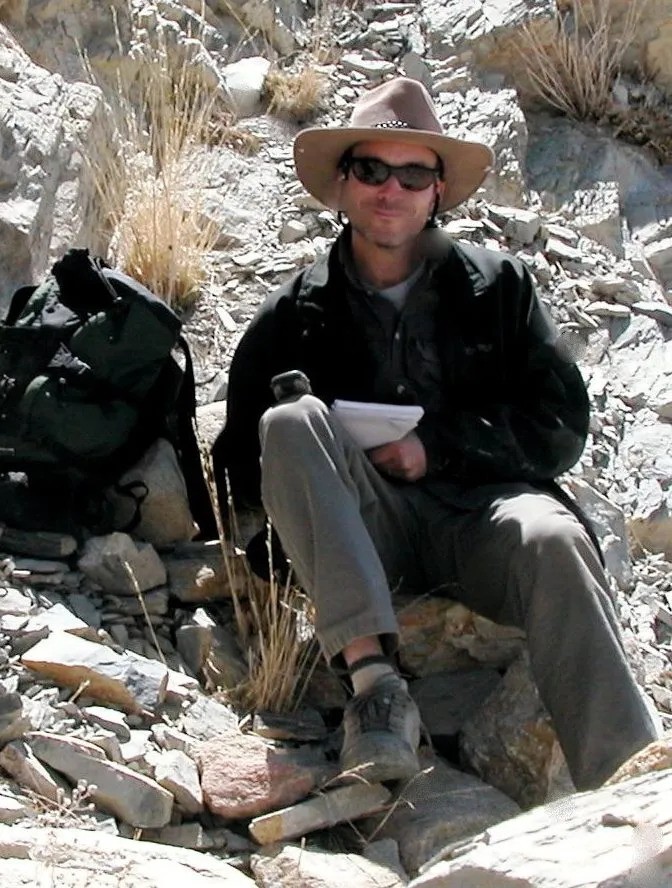On March 22, the IAUNRC partnered with the Department of Central Eurasian Studies, the East Asian Studies Center, and the Center for the Study of Global Change to welcome Andrew Quintman, Associate Professor of Religion at Wesleyan University, for a lecture on the development of a unique religious tradition that Quintman has termed “borderland Buddhism” in the lands between Tibet and Nepal.
In his lecture, titled "Buddhism on the Border: The Formation of Religious Tradition on the Himalayan Frontier," Quintman focused on Drakar Taso (White Rock Horse Tooth) – a borderland monastery situated on an important trade route that has historically connected the two Himalayan states. In examining the history of Drakar Taso and the life of its abbot Chökyi Wangchuk (1775-1837), Quintman made a case for treating what has previously been imagined as a remote frontier as its own center. According to Quintman, Drakar Taso’s location far away from the Tibetan political center in Lhasa enabled Chökyi Wangchuk and other monks to develop a syncretic version of Tibetan Buddhist teaching, incorporating ideas and texts that were marginalized by the dominant Geluk school, while the monastery’s location along a busy trade route and its status as a major center for woodblock printing allowed for wide dissemination of these teachings. Quintman’s lecture is a reflection of Buddhist studies’ ongoing shift away from the widely studies centers of Lhasa and Qing-ruled Beijing and toward a focus on local networks of religious patronage, textual production, and doctrinal transmission.
Prior to the lecture, Prof. Quintman met with graduate students for an informal lunch where they discussed research projects, graduate school life, and other topics relating to careers in academia. The IAUNRC has long been committed to supporting academic work on Inner Asian borderlands and a greater focus on often-understudied regions. We hope to continue that commitment in the coming academic year.


